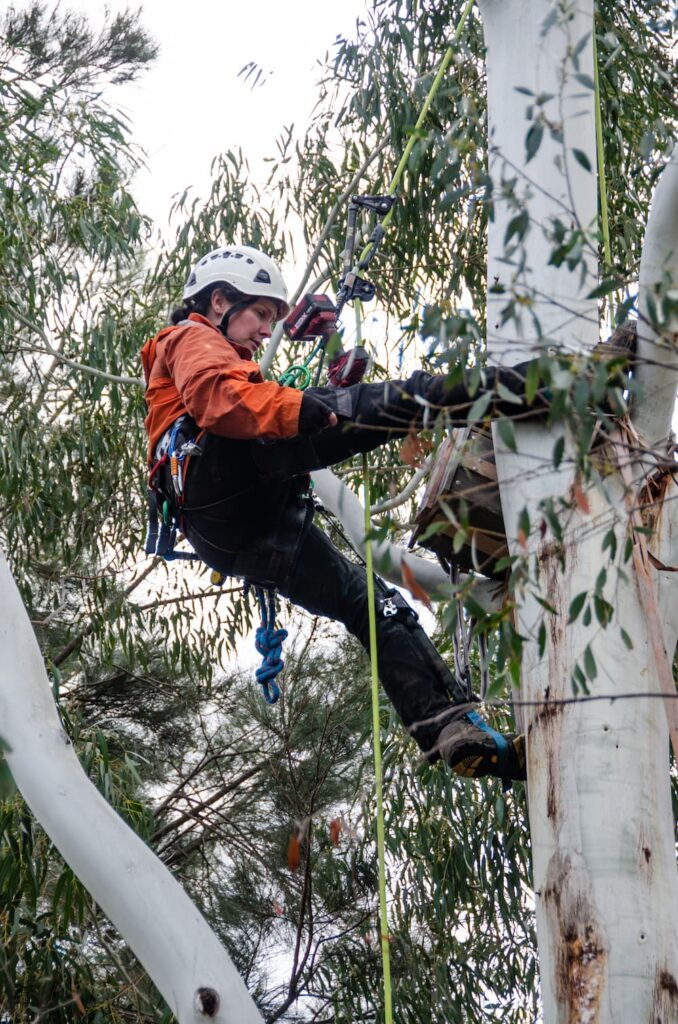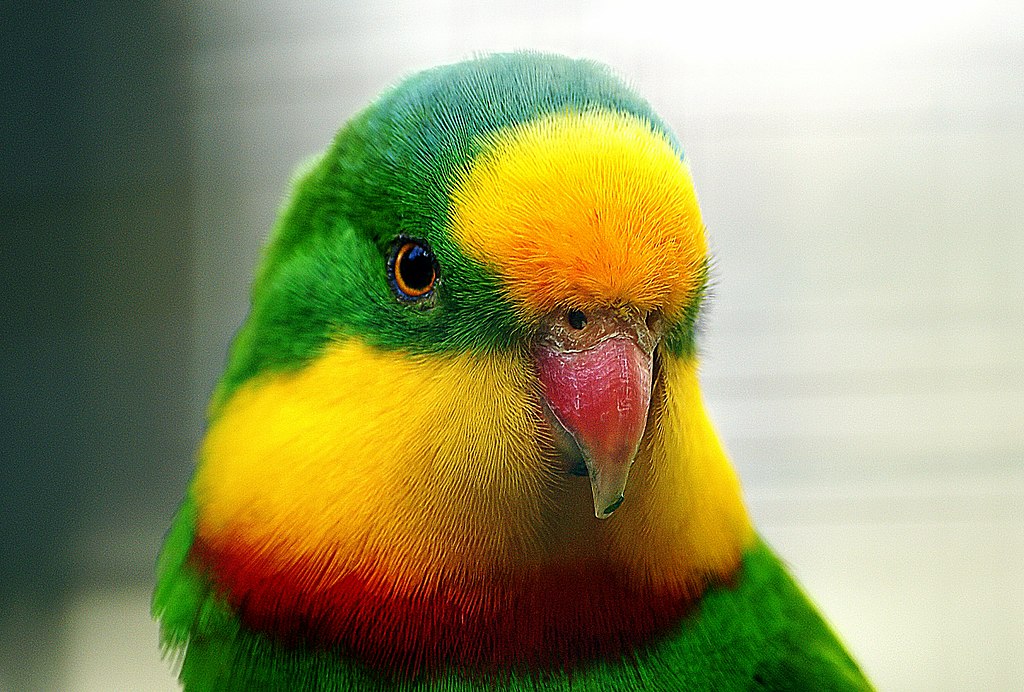Canberra environmentalist Lyn Smith and the Giralang Kaleen Men’s Shed received $2,500 in last year’s ACT Environment Grants to build nesting boxes for endangered birds at Yerrabi Pond – and the ACT Government is looking for similar ecological projects to fund in the 2020/21 round.
A total of $300,000 will be available for the ACT Environment and Nature in the City grants, Rebecca Vassarotti, Minister for the Environment, announced on Friday.
“Local conservation groups and individuals use grants to care for and develop Canberra’s natural environment and support the ACT Government’s long-term objectives of a sustainable and resilient city,” Ms Vassarotti said. “These grants are a proven way to assist Canberrans in looking after our unique and amazing environment.”
She said Ms Smith’s nesting-box project was “exactly the kind of thing we’re looking for” – “great ideas people in the community have to protect the beautiful environment around us.”

Yerrabi Pond has become “a haven for winged refugees”, Ms Smith said. It is now home to the superb parrot (Polytelis swansonii), a species classed as vulnerable in the ACT and NSW, and as threatened in Victoria.
“It is a species considered to be at high risk of extinction in the wild,” she said.
Over the past century, the ACT Government states, clearing and degradation of nesting and foraging habitat, disturbance around nesting sites, competition for nest hollows, trapping for the pet trade, and road kills have reduced the population to an estimated 5,000 to 8,000 birds.
Walking around Yerrabi Pond early one morning, Ms Smith saw a flock of brightly coloured parrots foraging through the long grass.
She said the superb parrot had come to the ACT from NSW after many of the large old trees containing nesting hollows were cut down. Former NSW premier Mike Baird had repealed the Native Vegetation Act 2003 in 2017, allowing farmers and loggers to clear land.
Travelling by train from Canberra to Sydney soon after, Ms Smith was dismayed it took 45 minutes to see a tree. “They had removed everything for miles without restraint; that had an enormous impact on the diversity of the animals.”
The parrot has ample food at Yerrabi Pond: fruits and berries, flowers, insects, and the seeds of grasses and plants.
“However, I soon learned that the one crucial resource they lacked was a place to breed, to raise young safely,” Ms Smith said. “It seemed to me that artificial nesting boxes might be of use in helping the superb parrots to breed with more success.”
Conservationists in Albury, NSW, had worked with the Men’s Shed there to build nest boxes for another endangered species, the squirrel glider. Ms Smith hoped that a similar approach could help the parrots.

The Giralang Kaleen Men’s Shed believed the project was an excellent way both to help the community, and to encourage members to use the workshop. “This was a win-win situation,” secretary Eric Detheridge said.
Fifteen members built the boxes from reused wooden fence palings: chemical- and paint-free. Dr Laura Rayner, a PhD forest ecologist employed by the ACT Government, advised Ms Smith on the project.
Sadly, Ms Smith said, the superb parrot has shown no interest in the nesting boxes. The superb parrot is very finicky; according to ANU research, it only nests in certain eucalypts with multiple tree hollows, limiting the bird to one in 200 available nesting sites.
But the nesting boxes are popular with other parrots, galahs, rosellas, and even ducks.
Word has it that the Federal Government is interested in building nesting boxes for a national park.
Since 1997, the ACT Environment Grants have funded more than 350 such projects. Last year’s grants include chemical-free weed control, conservation programs for Rosenberg’s monitor lizard and the little eagle, creating bird- and bee-friendly gardens, and restoring Piney Forest and Bold Hill.
Ms Vassarotti said priorities for this year include native plants and animals, urban biodiversity, connecting people with nature, and Indigenous environmental knowledge.
The Nature in the City grants, introduced last year, fund the planting of trees and support vegetation in the urban environment. They have been successful, and Ms Vassarotti expected more interest this year.
“During COVID-19, I think all of us – particularly when we were living in lockdown – really reconnected with our natural spaces and green spaces within our neighbourhoods in the suburbs,” she said.
The 2021–22 ACT Environment and Nature in the City grants program closes at 11.59pm on Wednesday 21 April.
For more information on grant guidelines and how to apply, visit the ACT Environment website.
For more news:
- Public charity bins at Mugga Lane and Mitchell
- Canberra Raiders’ Soliola jumps on board to Shave for the Brave
- Canberra Women’s Liberation prepares to march half a century since its first steps
- $30 million deal will see tiny med tech made in Australia
- Canberra to host Australia’s first major conference in 12 months



